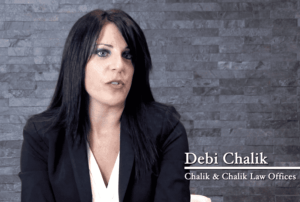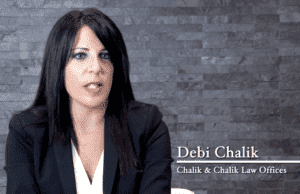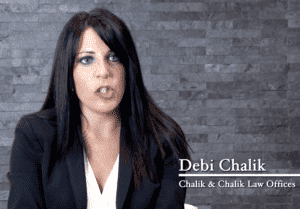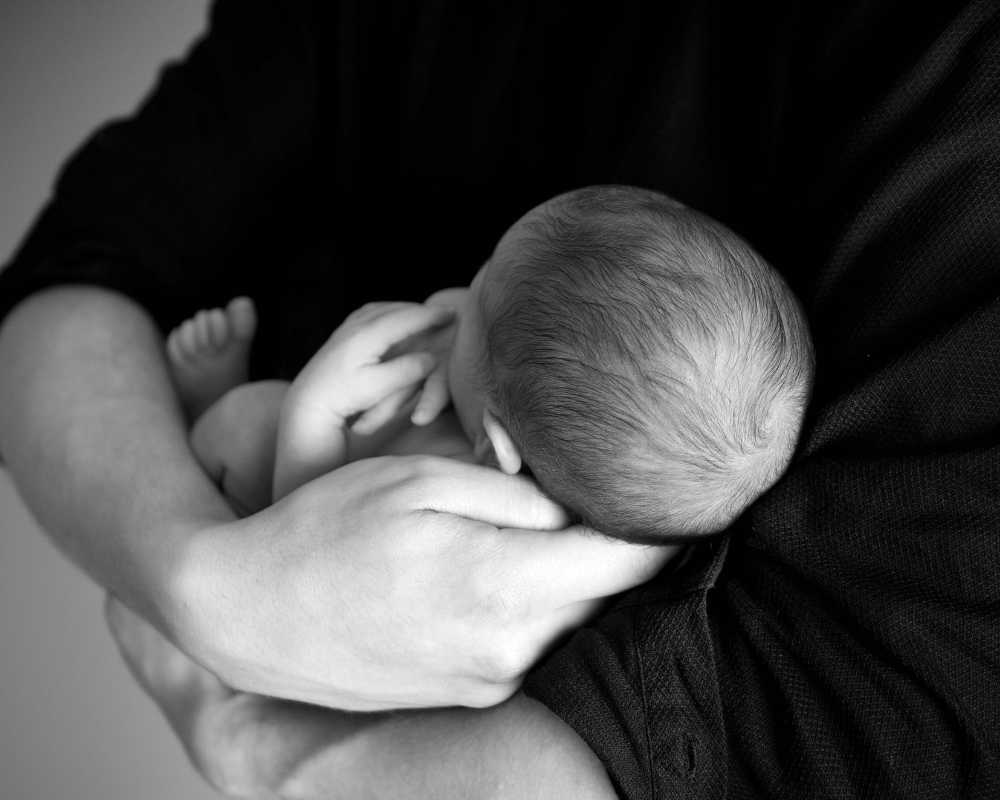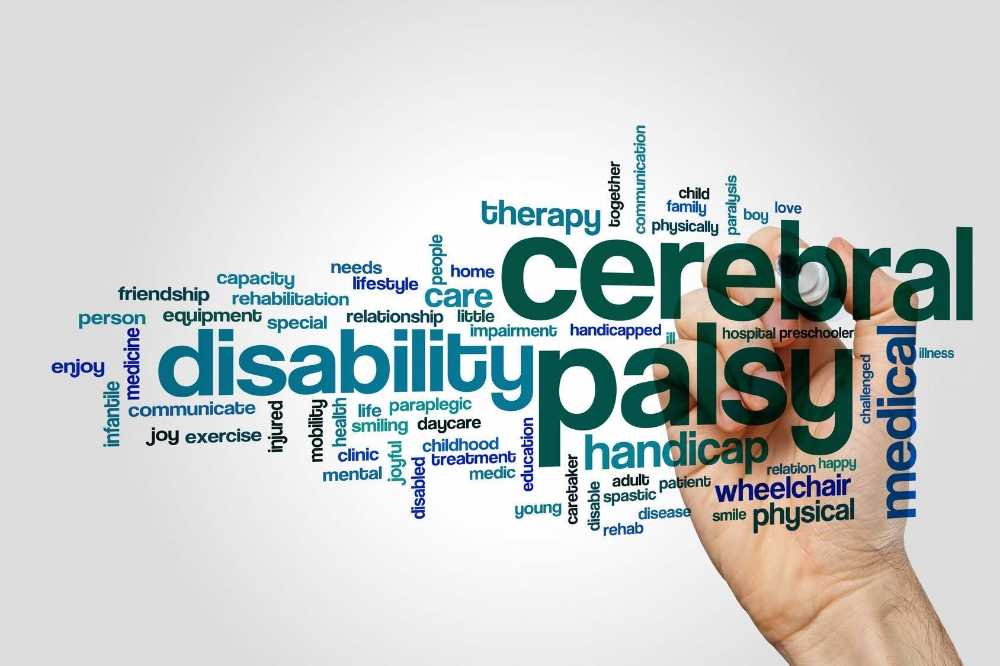A new study by Canadian researchers suggests that genetics may play a more significant role in the origins of cerebral palsy than experts previously thought.
Researchers from Sick Kids Hospital in Canada and the Research Institute of the McGill University Health Center have found that at least one in 10 cases of cerebral palsy has an underlying genetic cause. Cerebral palsy, one of the most common disorders that can be caused by birth injuries, has long been attributed to brain injury in the baby resulting from factors such as stroke, infections or birth asphyxia.
The research team performed genome sequencing tests on 115 children with cerebral palsy and their parents from across Canada. They found that in 10 percent of cases, structural changes to the DNA appeared to have given rise to the condition. The results also show that there are several different genes involved in the development of cerebral palsy, just like in other neurodevelopment conditions such as autism. The study was published on August 3 in the journal Nature Communications.
Cerebral palsy is one of the leading causes of physical disability in children, affecting two out of every 1,000 babies born. The condition can lead to epilepsy, as well as motor, speech, hearing, visual and learning impairments. The severity of symptoms varies from child to child.
Genetic testing is not routinely performed among children with cerebral palsy. However, in light of their findings, the researchers have suggested it should be incorporated as a standard practice in the diagnostic process. Such DNA sequencing would also indicate whether parents carry genetic anomalies that could be passed on to future children.
The researchers have yet to understand how these genetic aspects interplay with other established risk factors. However, when cerebral palsy occurs as a result of negligence on the part of medical staff, parents may be entitled to compensation through a birth injury lawsuit. It is important to note that determining fault can be more complicated than it might seem. If your child was injured and you believe someone else is fully or partially to blame, contact Chalik & Chalik to learn more about your rights.

